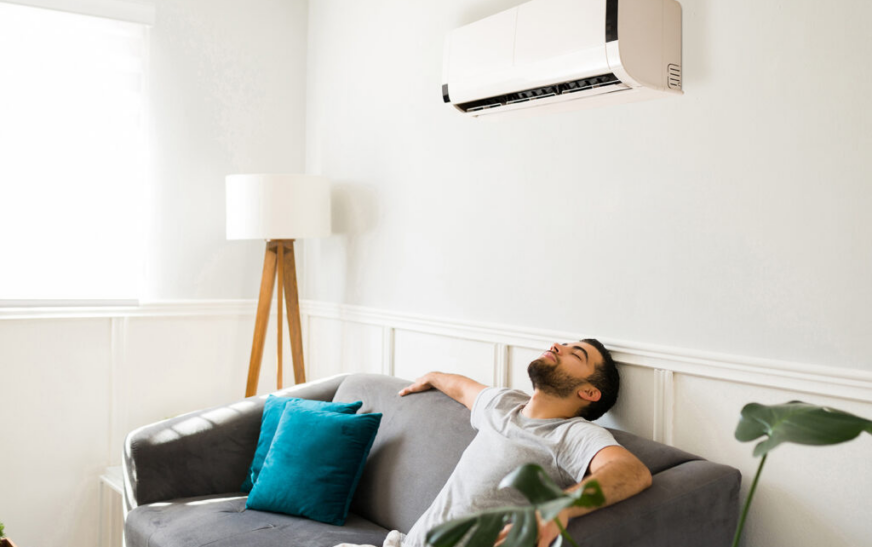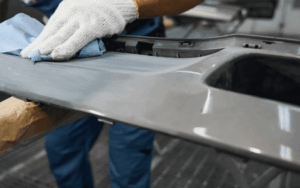Keeping cool in Australia’s intense summer heat often means running air conditioning, but it doesn’t have to lead to high energy bills. There are practical ways to make air conditioning more efficient, reducing energy use and costs without sacrificing comfort. From setting the right temperature to performing regular maintenance, these tips help keep cooling affordable and sustainable.
Set the Ideal Temperature
One of the easiest ways to cut down on air conditioning costs is by adjusting the thermostat. Aim to set your air conditioning at around 24–26°C during summer. Each degree lower can increase energy usage by around 10%, so finding a comfortable yet economical setting can make a noticeable difference. Plus, the body adapts over time to slightly warmer indoor temperatures.
Consider Zoning for Customised Comfort
If you have a larger home, using a zoning system lets you cool specific areas instead of the entire house. This way, you only use energy in rooms where people are present, reducing overall power usage and cooling costs. Zoning options are available in many modern air conditioning systems and can be added during installation or as a retrofit.
Use Energy-Saving Modes and Timers
Air conditioners with built-in timers or programmable thermostats allow you to set them to turn on before you arrive home or during the cooler parts of the day. This can save energy by limiting operation times and preventing unnecessary cooling when nobody is home. Smart thermostats even allow remote control, so you can make adjustments on the go.
Choose the Eco Mode Setting
Many newer air conditioning units feature an eco mode, which optimises the cooling process to reduce energy usage. In eco mode, the air conditioner operates at a lower capacity and cycles on and off to maintain a steady, comfortable temperature without overcooling. This can save up to 20–40% on energy consumption.
Regular Maintenance for Maximum Efficiency
Dirty or clogged air filters force the system to work harder, which increases energy consumption. Aim to clean or replace filters every 1–2 months, particularly during high-use periods. Clean filters improve airflow, making your air conditioning unit run more efficiently and helping maintain air quality.
Inspect and Service Your System Annually
A yearly service check-up ensures that your air conditioning unit is working at its best. An HVAC professional can inspect the system, check for refrigerant leaks, and make necessary adjustments. Well-maintained air conditioning is not only more efficient but also less likely to break down during peak usage times, helping you avoid costly emergency repairs.
Enhance Insulation and Seal Leaks
Proper insulation in walls, ceilings, and floors keeps cool air inside, reducing the workload on your air conditioning. If you’re noticing high cooling costs, check if your home insulation meets Australian standards, particularly in older homes. Insulating window frames and doors also helps by minimising drafts.
Seal Air Leaks
Air leaks around windows, doors, and ducts can lead to significant energy loss. Even small gaps can allow hot air in and cool air out, making your air conditioner work harder to maintain the set temperature. Using weather stripping and caulk to seal leaks is a cost-effective way to boost energy efficiency and reduce cooling expenses.
Use Fans to Boost Circulation
Fans use minimal energy and help circulate air in a room, making it feel cooler without lowering the thermostat. Using ceiling fans in conjunction with air conditioning allows you to set the thermostat a few degrees higher while still feeling comfortable. This simple adjustment can cut cooling costs by up to 10%.
Exhaust Fans for Hot Air Removal
In areas like kitchens and bathrooms, exhaust fans help remove warm air, reducing the burden on your air conditioning system. Running these fans strategically, especially during cooking or hot showers, can maintain lower indoor temperatures without additional cooling power.
Embrace Natural Cooling Techniques
Sunlight streaming through windows can heat up a room significantly, especially during peak hours. By closing blinds or curtains, particularly on north- and west-facing windows, you can block much of the sun’s heat, keeping your home cooler and reducing the need for air conditioning.
Utilise Cross Ventilation in the Evenings
If your region cools down in the evening, consider turning off the air conditioning and opening windows to let in the cool night air. Using this natural cooling technique, paired with fans, can be an effective and cost-free way to lower indoor temperatures.
Upgrade to Energy-Efficient Systems
Inverter air conditioners operate at variable speeds, allowing them to maintain a consistent temperature without the constant on-off cycling of traditional systems. This technology is more energy-efficient, often reducing power usage by up to 30% compared to non-inverter models. Although they cost more upfront, the savings in energy bills over time make them a worthy investment.
Look for High Energy Star Ratings
When shopping for a new air conditioner, pay attention to the energy star rating. Units with higher star ratings consume less power to produce the same amount of cooling, helping reduce costs in the long run. In Australia, energy star ratings are mandatory for all new appliances, giving you an easy benchmark to compare efficiency.
Be Mindful of Usage Patterns
If you have multiple air conditioning units, only turn on the one in the room you’re using. For instance, cooling a single bedroom at night instead of the whole house can cut down energy costs significantly.
Consider Seasonal Adjustments
In milder weather, take advantage of cooler outdoor temperatures. For example, opening windows and using fans may be sufficient in spring and autumn. This approach allows you to reserve air conditioning for the hottest days, ultimately reducing the system’s total annual usage.
Conclusion
By implementing these cost-saving measures, you can make the most of your air conditioning without letting energy costs spiral out of control. From maintaining your system and setting efficient temperatures to enhancing home insulation and upgrading appliances, there are plenty of strategies to keep cool affordably. These practical steps not only save money but also contribute to a more sustainable lifestyle—a win-win for both your wallet and the environment.













